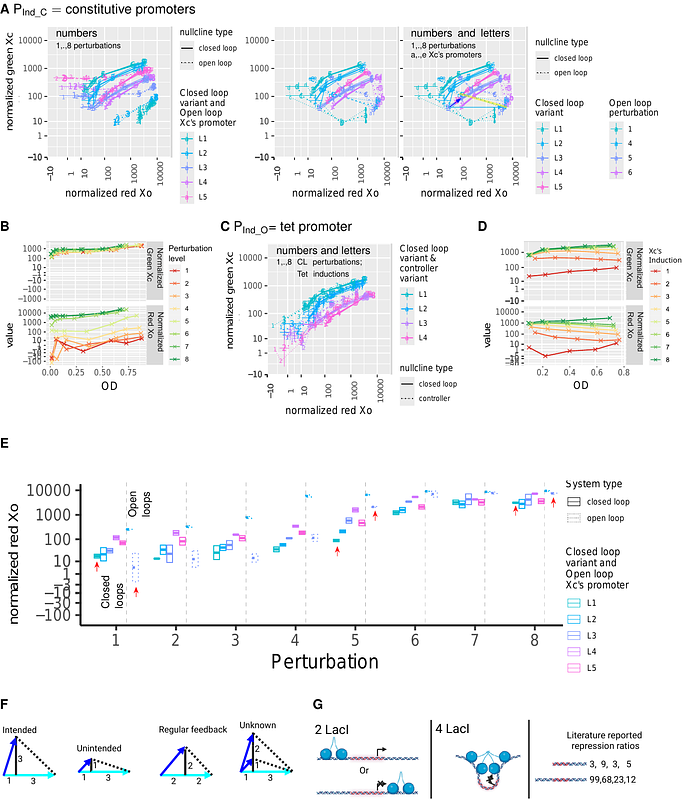Principles underlying implementation of nearly-homeostatic biological networks

Principles underlying implementation of nearly-homeostatic biological networks
Tang, Z. F.; McMillen, D. R.
AbstractA nearly-homeostatic biological system keeps the steady-state output (like internal body temperature) within a narrow range, regardless of different persistent levels of environmental perturbations (like external temperatures). A nearly-homeostatic system can guarantee performance of a therapeutic device in different patient contexts or can be a detector that generates a response only upon encountering an anomaly. We have developed the inverse homeostasis perspective to determine the impact of each parameter on the system\'s homeostatic performance, which has allowed us to vastly widen the region of implementable parameter sets supporting near-homeostasis compared to the predominant approach of minimizing the controller\'s integration leakiness. To implement nearly-homeostatic systems without measuring parameter values, we have used feedback-free auxiliary systems to accurately approximate steady-state response curves of key components of the feedback system and adjusted those curves to attain desired characteristics. Our approach has not only discovered a new mechanism of near-homeostasis, but also serves as a new framework to reinterpret whether the homeostatic performance observed in previously published systems arises from the mechanisms originally proposed to explain the behaviour.